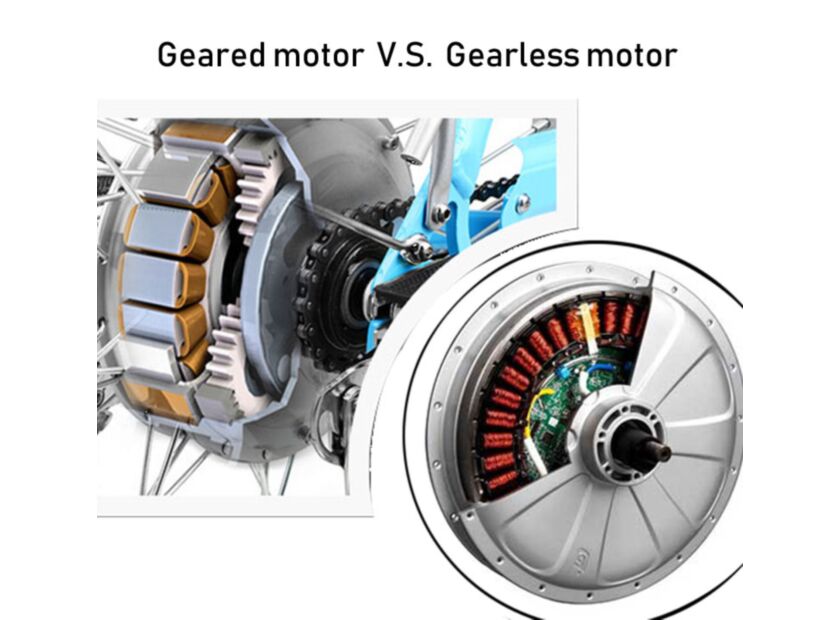So what type of axle would be best? say if i was going for the
Q128c rear hub motor?
how to estimate the result:
That particular motor is specified as 48V, 328 RPM, 500W.
On 26" wheels, 328RPM = 25.6mph, you need 650W input to maintain this speed.
On 700C wheels, 328RPM = 26.4mph, you need 700W input to maintain this speed.
That means you need to allow 650WH/25.6mph = 26WH per mile.
For your 30 miles trip, you want to arrive at destination with at least 25% reserve in your battery, that means 30*26WH/0.75= 1015WH, or 48V 20AH.
You then need a fast charger, the normal charger would take 8 hours to recharge your battery.
At this rate, your 800 cycles will be all used up within 15 months. If you use a fast charger, you may not have as many as 800 charging cycles.
That's why I think you have to buy a battery that uses LiFePO4 which can take 4A charger and still lets you have 2,000 charging cycles.
That's the requirements for a bike that does 25-26mph. 28mph will burn 20% more WH per mile.





